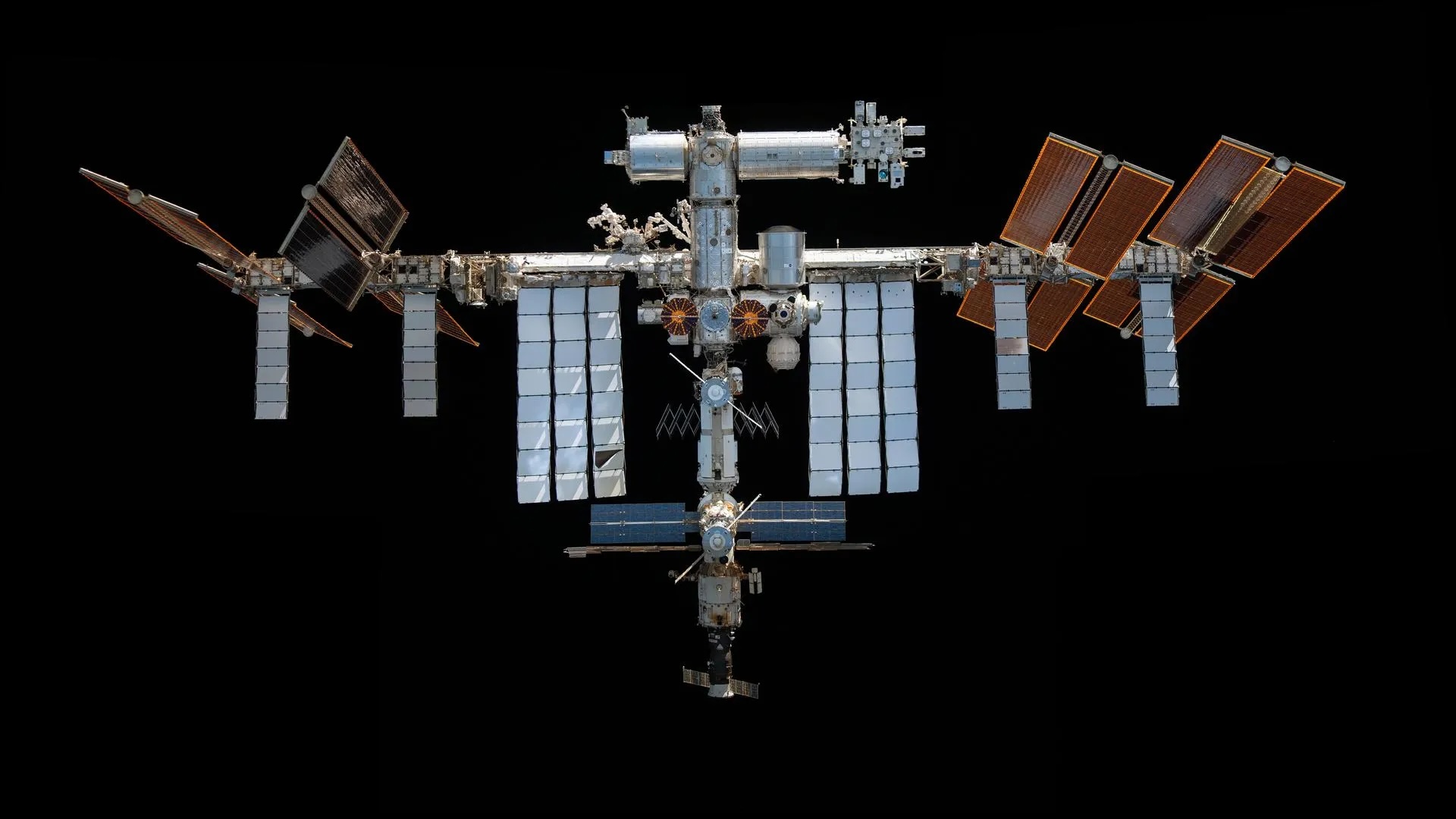Betelgeuse is a red supergiant star in the constellation Orion. It left the main sequence about one million years ago and has been a red supergiant for about 40,000 years. Astronomers have been monitoring Betelgeuse for a long time. But lately, it’s been behaving strangely.
The supergiant star became visibly darker in late 2019 and early 2020, puzzling the astronomy community. Observations using ESO’s VLT revealed that a dust cloud partially concealed the star.
Recent observations suggest that the bright red supergiant star Betelgeuse is still slowly recovering: the photosphere is rebuilding itself.
In 2019, astronomers concluded that the star is losing a substantial part of its visible surface and producing a gigantic Surface Mass Ejection (SME). Recent observations reveal that the star’s interior reverberates like a bell that has been hit with a sledgehammer, disrupting the star’s normal cycle.
Andrea Dupree of the Center for Astrophysics | Harvard & Smithsonian in Cambridge, Massachusetts, said, “The monster star is still slowly recovering from this catastrophic upheaval. Betelgeuse continues doing some very unusual things now; the interior is bouncing.”
These discoveries provide information on how red stars lose mass toward the end of their lives when their nuclear fusion furnaces exhaust, leading to their eventual explosion as supernovae. Their fate is highly impacted by the degree of mass loss. Betelgeuse’s unusually obnoxious behavior is hardly a sign that the star is poised to go blow up any time soon, either. Therefore, the mass-loss event is not always a harbinger of an impending explosion.
Dupree is now gathering all the puzzle pieces of the star’s petulant behavior before, after, and during the eruption into a coherent story of a never-before-seen titanic convulsion in an aging star. This includes new spectroscopic and imaging data from the STELLA robotic observatory, the Fred L. Whipple Observatory’s Tillinghast Reflector Echelle Spectrograph (TRES), NASA’s Solar Terrestrial Relations Observatory spacecraft (STEREO-A), NASA’s Hubble Space Telescope, and the American Association of Variable Star Observers (AAVSO). Dupree emphasizes that the Hubble data was pivotal to helping sort out the mystery.
Dupree said, “We’ve never before seen a huge mass ejection of the surface of a star. We are left with something going on that we don’t completely understand. It’s a new phenomenon we can observe directly and resolve surface details with Hubble. We’re watching stellar evolution in real-time.”
What’s more interesting is that the supergiant’s 400-day pulsation rate is now gone, perhaps at least temporarily.
Dupree said, “The star’s interior convection cells, which drive the regular pulsation, may be sloshing around like an imbalanced washing machine tub. TRES and Hubble spectra imply that the outer layers may be back to normal, but the surface is still bouncing like a plate of gelatin dessert as the photosphere rebuilds itself.”
Journal Reference:
- Andrea K. Dupree, Klaus G. Strassmeier et al. The Great Dimming of Betelgeuse: a surface Mass Ejection (SME) and its Consequences. Astrophysical Journal. DOI: 10.48550/arXiv.2208.01676
Note: This article have been indexed to our site. We do not claim legitimacy, ownership or copyright of any of the content above. To see the article at original source Click Here













